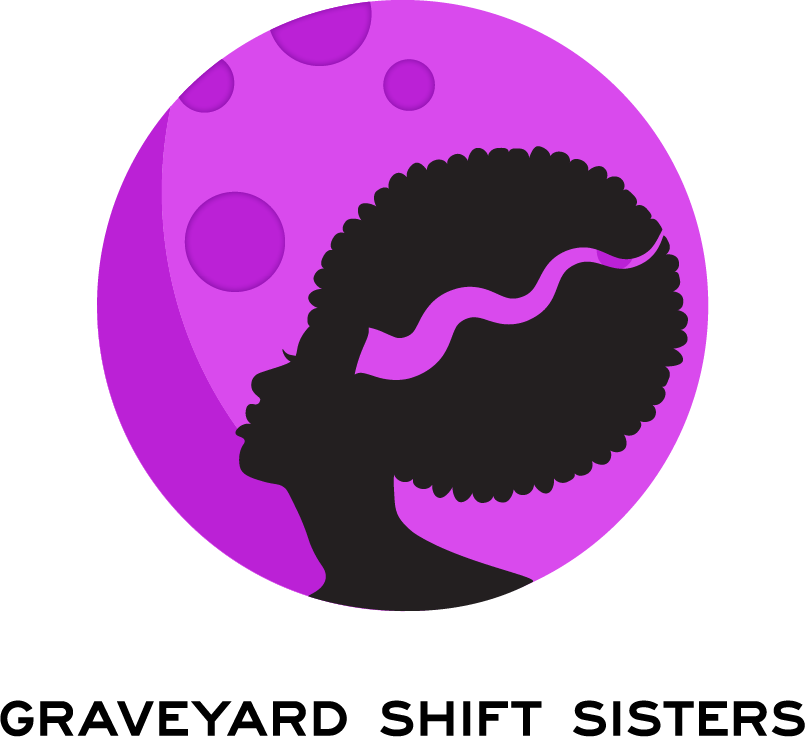Black Women In Horror History: 1950s-60s Horror
If these films were so preoccupied with technological land threats, sea creatures, and space invaders, Black characters were simply lumped into that Other category and continued to be African savages of "negligible value beyond food for the monsters and beasts of burden for the white heroes". When these arguably white heroes were not exploring foreign lands, discovering its inhabitants in little clothing, "war paint," and spears, they were imposing their rationality along with their inconvenient overbearing, wildly superstitious mammies.
Eulabelle Moore, who plays a woman named Eulabelle in The Horror of Party Beach (1964) was "one of the few significant black characters to be found in horror movies of the era". In Party Beach, basically a film about radioactive sea creatures terrorizing a beach community, Eulabelle is a caricature who rambles, bumbles, gives white protagonists uplifting speeches and in turn, ideas that drive the action of the story which makes the white guys the heroes.
Jacqueline Sieger is most noted for her rare role as a Black female antagonist in 1968's The Rape of the Vampire, a French film from director Jean Rollin. Sieger as the Queen of the Vampires is the driving force of the film that seems to be in stereotypical French, new-wavey, avant-garde fashion: wildly incoherent yet aesthetically alluring. Additionally more radical is the Queen's very open queerness in the film and sexually liberated approach to her antics. These aspects of her character alone, regardless of the film as an overall product is ripe for discourse on an intersectional level.
The 50s and 60s seem a desolate erasure of the Black female presence in horror films with racial tension swept under the 50s rug and a very slight turn in the 60s with more of a focus on Black men. The 50s especially were an exercise in the reinforcement of an American culture sterilized by whiteness and white supremacist sensibilities. But as that baby boomer generation reached adulthood, those sensibilities would begin to transform into very complicated, inclusive/not-so inclusive ways in the sociopolitical stratosphere. As African Americans sought autonomy and leadership in popular (and political) culture unlike ever before, those complications were made manifest on screen.
*Additional resources and information provided here can be found at Horror Film History by Karina Wilson & BlackHorrorMovies.com

